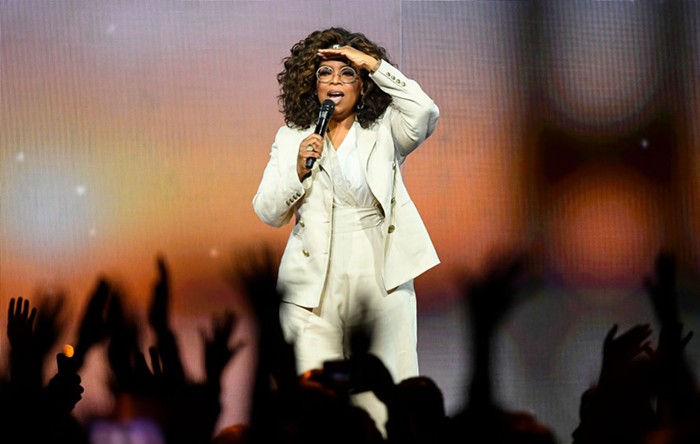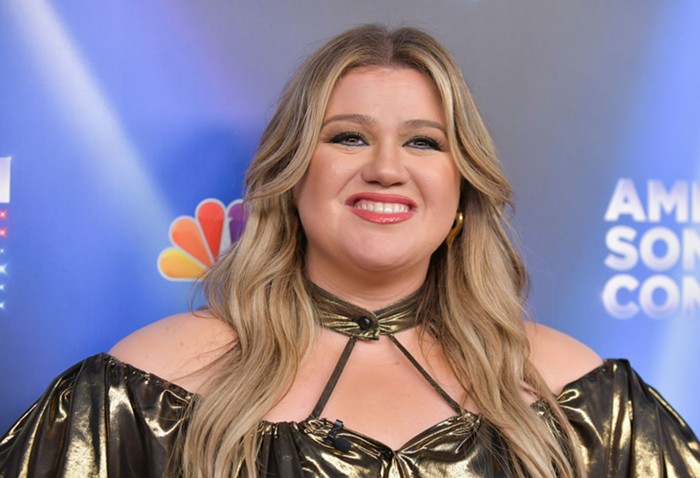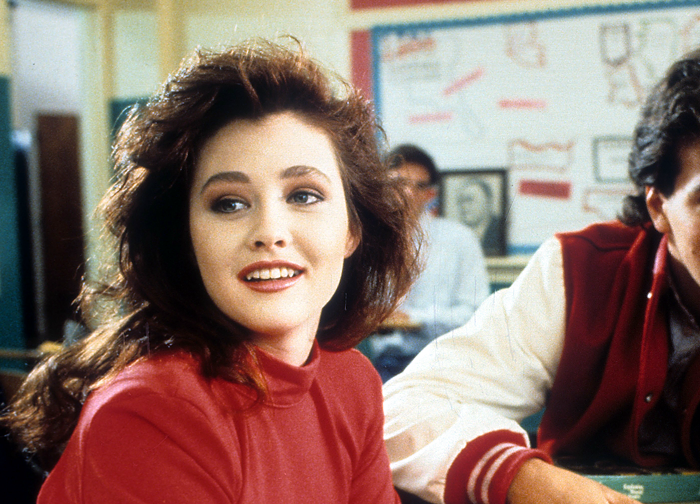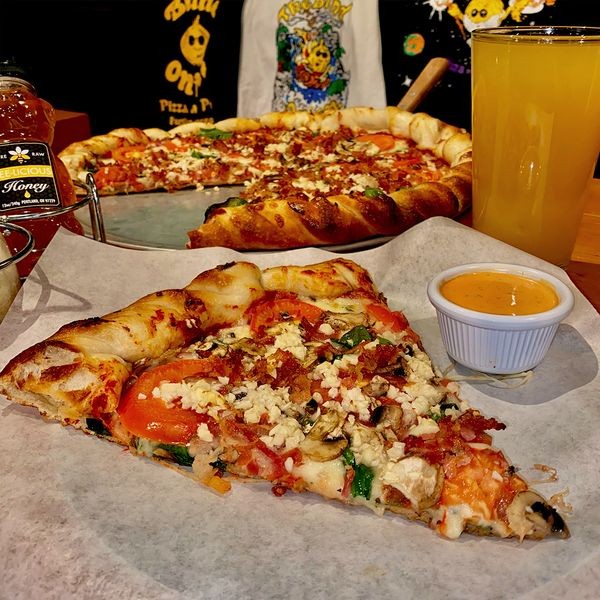A history lesson is in order here, the question being: How have sports and music directly influenced each other, and thus, pop culture at large? Growing up in Chicagoland, I experienced firsthand a few ways that music and sports seriously intersect. Michael Jordan's Bulls succeeded in making the Alan Parsons Project seem cool—in fact, the Bulls were the first NBA team to dim the lights and rock out during player introductions. I was six years old when the 1984 Chicago Cubs started playing Van Halen's "Jump" before they took the field in every home game. Perhaps it isn't the Curse of the Billy Goat, but rather the lingering sleaze of David Lee Roth keeping my Cubbies down.
One of the lesser-known examples of sports and music intersecting comes courtesy of White Sox organist Nancy Faust. Faust has served as the team's organist since the 1970 season, and in that time she has brought pop cultural fame to many tunes that would have otherwise remained novelties. One day in 1977, the Royals pulled their pitcher after he gave up a White Sox home run, and Faust responded by playing Steam's "Na Na Hey Hey (Kiss Him Good-Bye)." The song eventually reached gold status and Faust was awarded a gold record for her part in starting this long-standing tradition.
Have you seen the "Super Bowl Shuffle" lately? One could say that it hasn't aged gracefully. Here's the thing though: Not only did it spawn other '80s imitators (including the Bangles-inspired "Walk Like a Giant" and an LA Raiders tune based on a Stryper song, of all things), it helped solidify the superstardom of the entire 1985 Chicago Bears team and propel them to their only Super Bowl victory (stupid Peyton Manning). We got verses from "The Punky QB known as McMahon," "Mama's Boy" Otis Wilson ("The ladies all love me for my body and my mind"), and the biggest rookie defensive end to ever (illegally) throw a running back into the end zone, William "Refrigerator" Perry. Not only was the song hilarious, it earned a Grammy nomination, and all the profits were donated to charity, as Walter Payton noted in his verse, telling us, "We aren't doing it because we're greedy, the Bears are doing it to feed the needy." Take that, Live Aid!If you consider the racial tension present in the Yankees dugout in 1977 (as Jeff Chang did in his seminal hiphop history Can't Stop Won't Stop), it's clear that music and sports both reflect the underbelly of American culture that many people try to ignore. As Chang posits, it's no wonder that a generation of African American New York youths who grew up listening to Sly and the Family Stone and watching Reggie Jackson break into tears while noting that he was expected to act subservient to white players, would be the generation that would give birth to hiphop. Looking at the four elements of hiphop—b-boying, graffiti, DJing, and emceeing—it seems clear that the competitive nature of all four elements was instrumental in hiphop's evolution. Hiphop, it seems, was sport, from the beginning.
It's natural, then, that hiphop would influence sports as well, and not just because Master P has participated in multiple NBA training camps. One of the biggest examples was the University of Michigan's Fab Five—the starting lineup made of freshmen including Chris Webber, Juwan Howard, Jalen Rose, and those other two guys no one remembers anymore. Not only did they reach the NCAA finals in both their freshman and sophomore years, but they were cited, or blamed, for bringing hiphop style to the game in a big, big way. Baggy shorts might not seem revolutionary now, but in 1992, the hiphop style that the Fab Five brought to a staid (Michael Jordan notwithstanding) NBA coincided with the golden age of NBA popularity that the '90s became. It also made older, traditional players look absolutely ridiculous—and outdated—for continuing to wear those scary '80s vintage Larry Bird "nut-hugger"-style short shorts.












